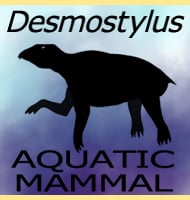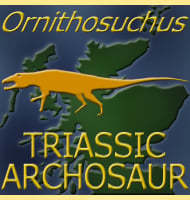Eotrachodon
In Depth By the start of the Late Cretaceous the central portion of North America had been submerged by a shallow sea. This created two landmasses out of the North American continent, Laramidia in the west and Appalachia in the east. Most Cretaceous era dinosaurs from North America have been found in what was once … Read more

